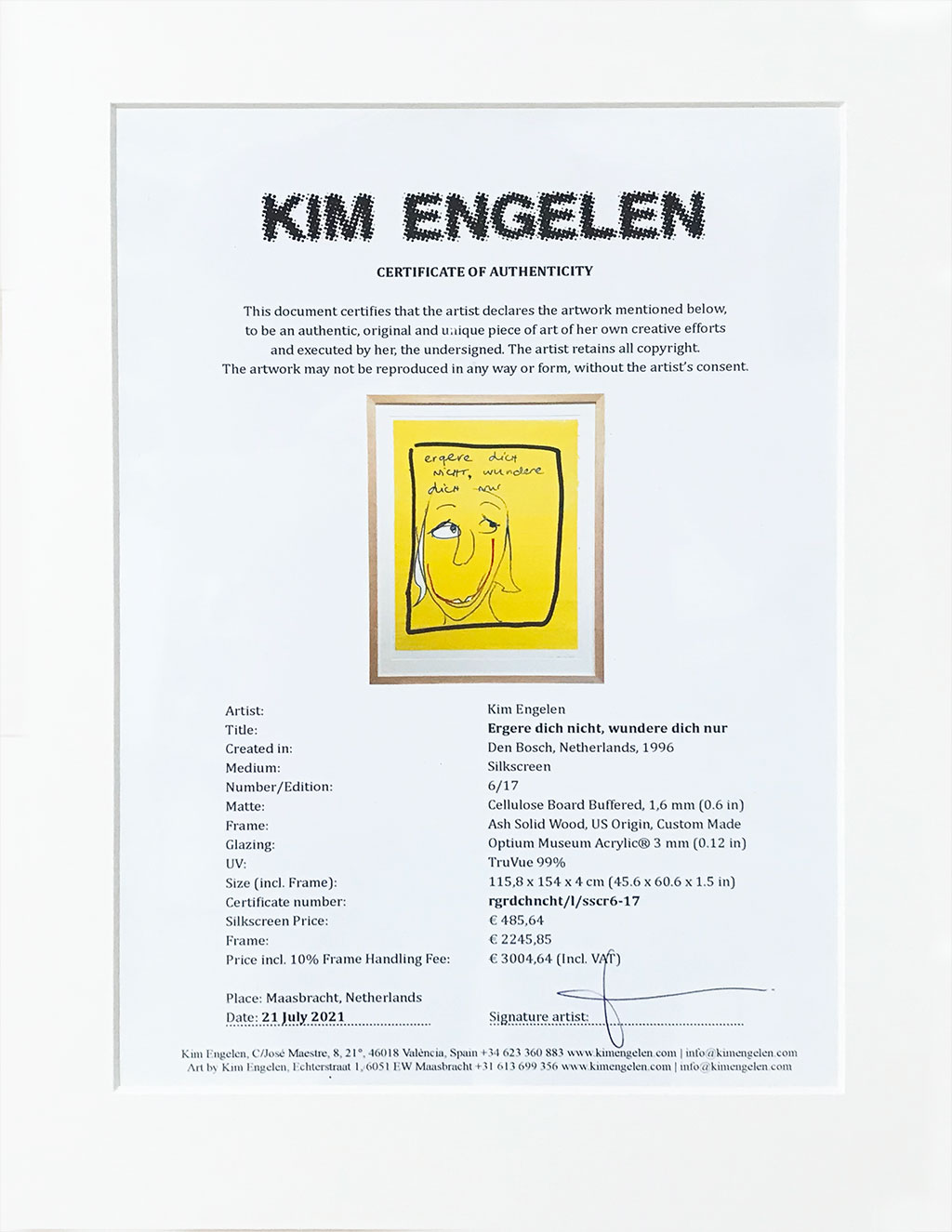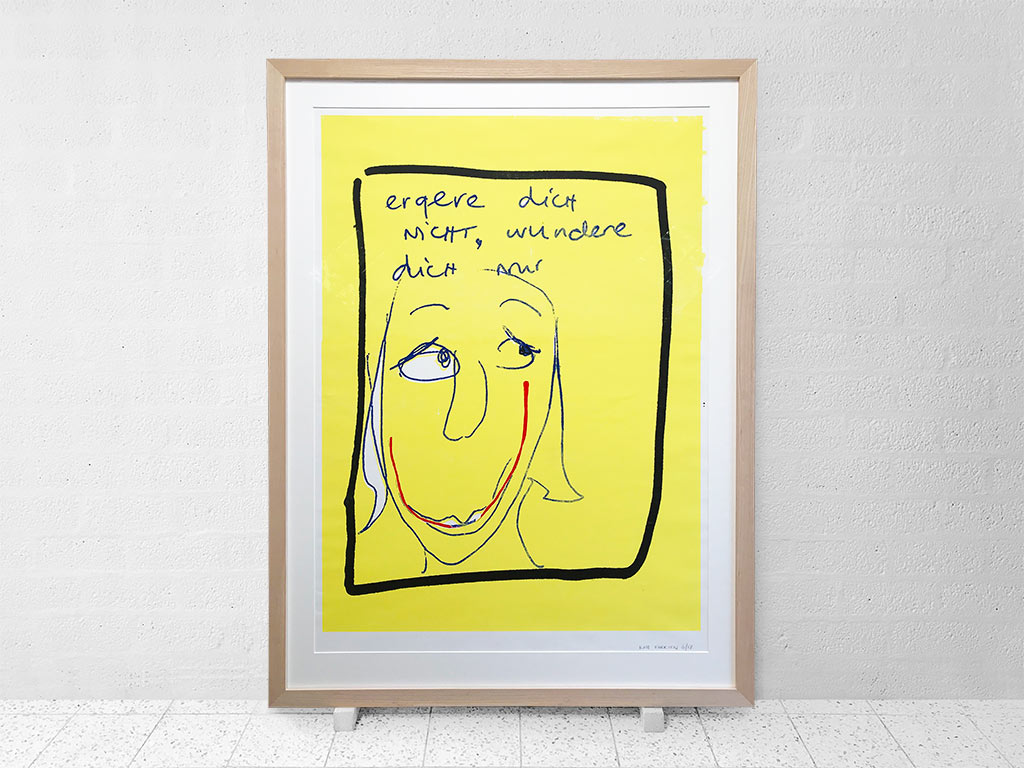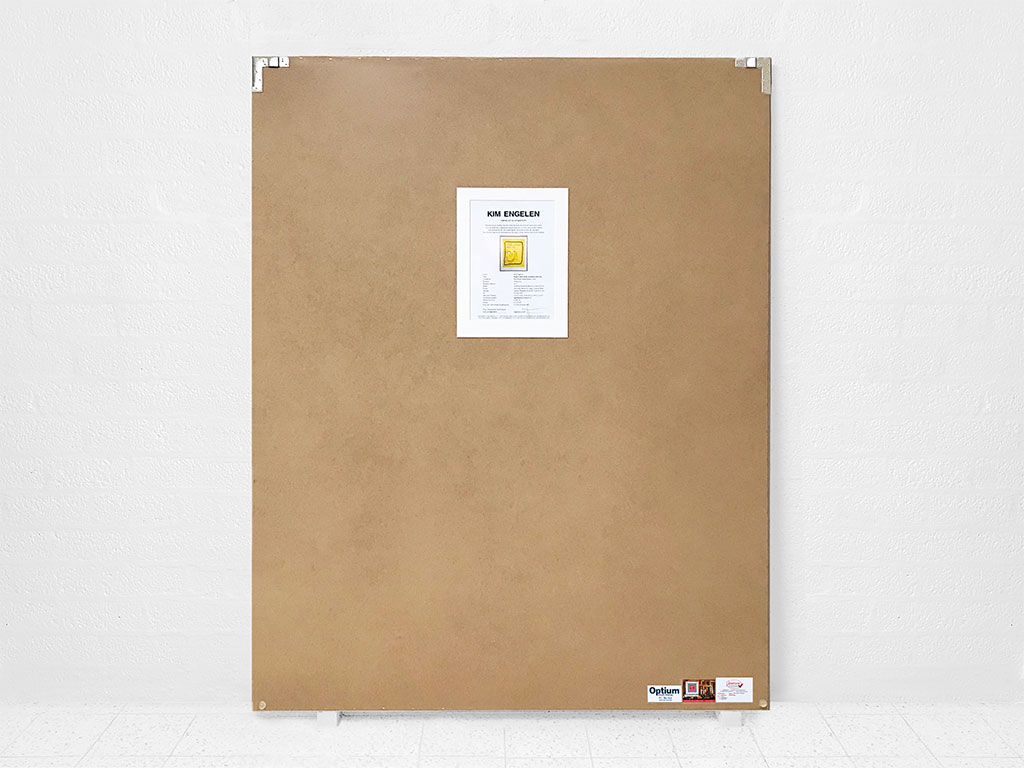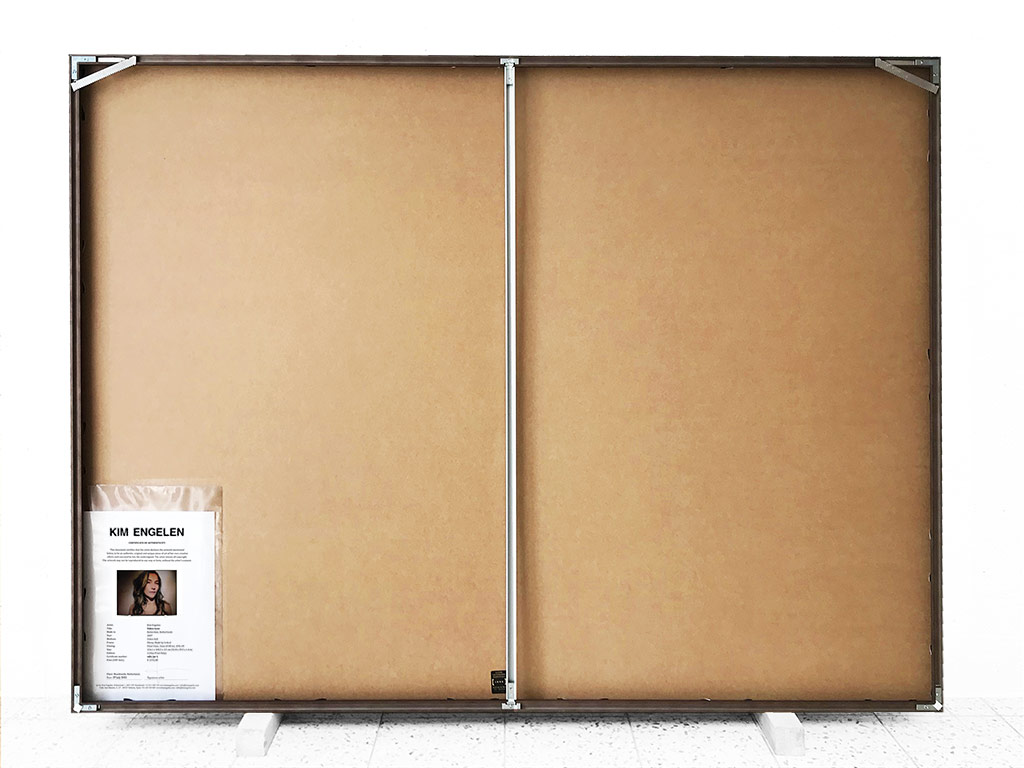Intro
Also called in short COA, the COA certificate, or authentication contract. It is an accepted way to verify an artwork.
Provenance & Value
The COA can determine an artwork’s provenance and hence its value. It can serve as a form of receipt. And in case the buyer is planning to sell the work again, COA’s can make artworks easier to donate or sell in the future. Especially in an auction or gallery settings.
For art collectors
Certificates of authenticity can be forged, just as the artwork could be forged. However when you buy directly from the artist yourself, called the primary market, since you know that the artwork has never been bought before, so you are good to go with an COA. Some say that who valued the COA matters, rather than who has the COA.
So when you would buy an artwork in the secondary market. The COA alone might not suffice. Since the paper COA can’t record the artworks history of being bought and sold over time. But there are new technologies like blockchain to record a work of art. But it’s still to early to know it’s impact in art history.
For artists
As soon when your artwork leaves your atelier or studio it would be good practice to include a COA.
You can download here a free Certificate of Authenticity download template.
This is an example of a Certificate of Authenticity for a large framed silkscreen of mine, called Ergere dicht nicht, wundere dich nur.
What is on it?
Above the image. From top to bottom:
- Logo (Kim Engelen)
- Name of document (Certificate of Authenticity)
- What the document certifies
Image
In case the COA would get detached from the artwork. The image of the artwork makes it easier to retrace.
Below the image: Information about the artist and artwork:
- Name artist
- Title artwork
- Medium
- Size
- Year of Creation
- Edition (if it is a print)
- Other additional information that you think is important to mention. (For example about the frame, matte, glazing, or re-stretching of a painting)
- Price (VAT included)
And finally:
- Place (Where the document was created)
- Date (When was the document created)
- Signature of the artist.
And possibly:
- Footer (here I have my address where I am based and work from).
Position
The COA can be placed on the backside of the artwork (if there is space). Sometimes a COA sticker is also added. But it does not replace the COA certificate.
Where you want to position it is up to you.
Additional information can be on the backside too. Keep that in mind.
Insider Art News
Do you like this type of art and this kind of information?
Fill in your email and receive it directly in your inbox.





